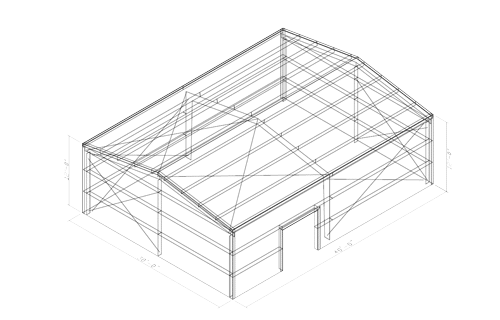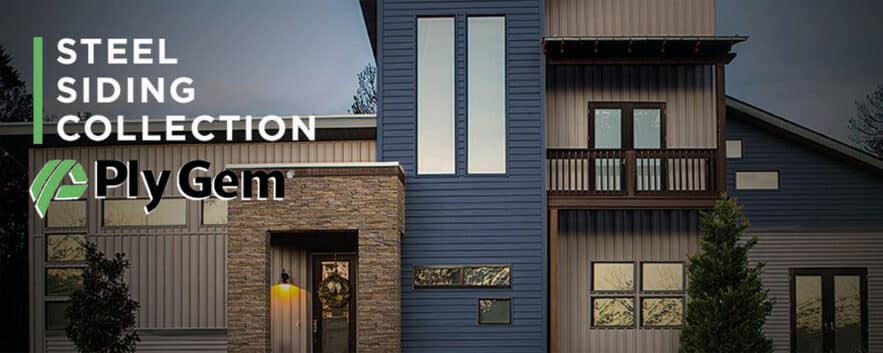Ply Gem Steel Siding Collection Review
Ply Gem is a part of Cornerstone Building Brands, a leader in the exterior building products industry. The company, headquartered…


Ply Gem is a part of Cornerstone Building Brands, a leader in the exterior building products industry. The company, headquartered…